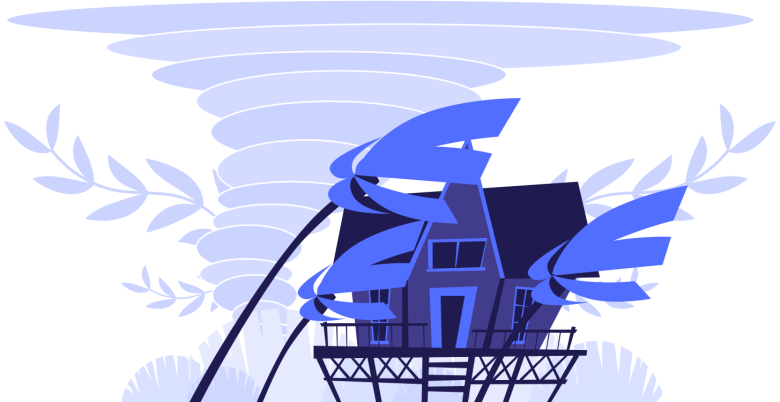Hurricanes can cause millions of dollars of damage, affecting lives, properties and livelihoods. Case in point, Hurricane Katrina caused an estimated $89.68 billion in insured losses, according to the Insurance Information Institute. To date, it is the most costly hurricane on record. While homeowners can protect their homes by boarding windows and mitigating flood damage, it’s also important to consider potential financial repercussions by purchasing home insurance and building an emergency fund.
Explore how to protect your home and keep your funds intact after a devastating hurricane.






